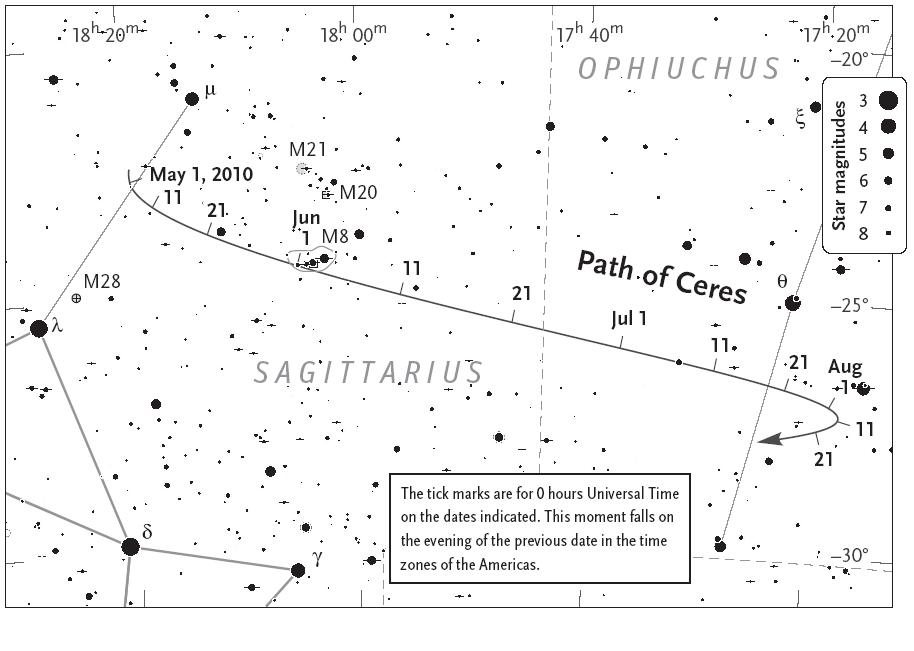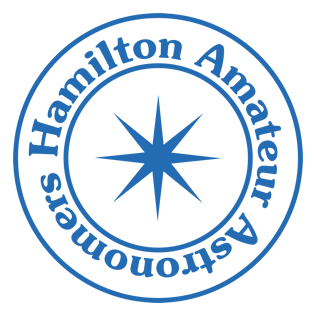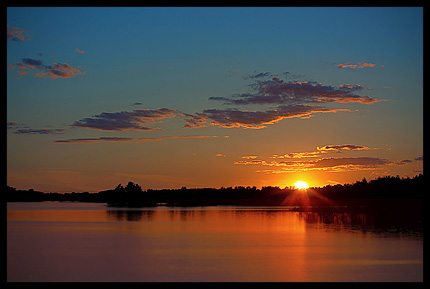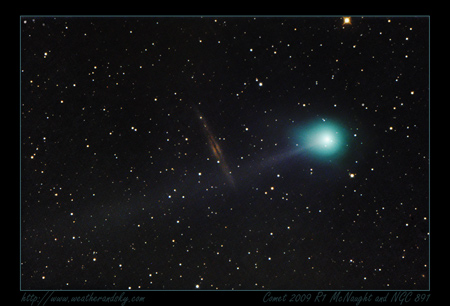It’s been cloudy for the past few days. But now we’re expecting a couple of clear nights. It will be a good time to get out and look for Mars as it passes the bright blue star Regulus in the constellation Leo.
The closest pairing, as identified in the 2010 HAA Calendar, was Sunday night (June 6), but Mars will still be close for the next few evenings. Here’s a sky chart showing the position of Mars in the Western sky.

And of course Saturn is nicely positioned nearby for another wonderful view. In a few months, Saturn won’t be positioned as conveniently or as high in the sky so now is the best time to enjoy it.
On Fri June 11, 1 hour after sunset, Venus will be in a straight line with the 2 main stars of Gemini – Pollux and Castor. This will be a pretty sight and photo opportunity. Find yourself a good clear view to the West without city light glow if possible.

If you’re an asteroid watcher, Ceres is approaching opposition (occurs on June 18) which is when this object is closest to Earth and easiest to see. It’s travelling through the constellation Sagittarius towards Ophiuchus.

Path of Ceres leading up to opposition.
It’s a faint object (mag 7.3), but one that most amateur telescopes 3″ and larger can detect. Even a good pair of binoculars are capable of spotting this asteroid when it’s this close. It will be interesting to see it change position each night. Just carefully observe the target star field and keep an image in your mind (or better is to sketch it). Then see what changes each night as you go back to the same area.
For the early morning observer, Jupiter is nicely positioned (with Uranus nearby). There was another asteroid impact on Jupiter recently (June 3). There are some videos of the flash from the impact over on Spaceweather.com.

So far no one has seen a dark spot resulting from the impact, but you may be the first to detect it. The recent impact, the one from last year, and the detection that Jupiter lost it’s South Equatorial Band (SEB) was all first discovered by amateurs just like you – so you have just as much a chance of spotting the debris field as any one does. Don’t forget us when you achieve international fame for your discovery!
A reminder that the Cherry Springs Star Party is coming up later this week. There are a few spots left. Today is the last full day for online registration if you’re thinking about going. At $40USD, it’s a good deal. A number of the HAA membership will be there. It’s always a good event with lots of interesting speakers and a great location.
And be sure to check out the latest edition of our newsletter Event Horizon which is now online, for more things that will be coming up over the summer months.
Clear skies!
(images courtesy of Spaceweather.com and Skyandtelescope.com)







